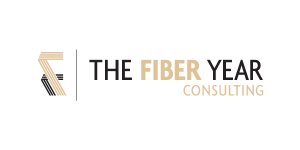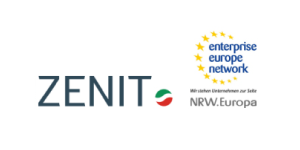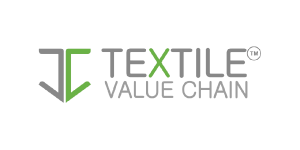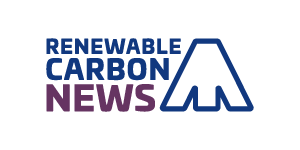Cellulose Fibres Conference 2025 – New with Biosynthetics!
Cologne (Germany), (hybrid event)
++ Program ++ 198 participants from 22 countries registered ++ Poster Session ++ Innovation Award ++
The unique conference focused on cellulose fibres – in textiles, hygiene products and packaging, 214 participants from 23 countries joined the past conference in Cologne, Germany. The conference will present the most successful solutions based on cellulose fibres that are currently available on the market, new developments and approaches and also sheds light on the policy framework.
Cellulose Fibre Innovation of the Year 2025: The winners!

fostering connections among textile sector innovators and providing a source of forward-thinking ideas and market insight.”

The conference will again cover the entire value chain of the sustainable textile industry, from lignocellulose, pulp, cellulose fibres such as rayon, viscose, modal or lyocell and new developments to a wide range of applications:
Textiles from renewable fibres, nonwovens such as wet wipes, as well as areas such as composites, hygiene, packaging or nanocellulose in the food industry. This year, for the first time, the conference will include a dedicated session on biosynthetics – a promising area to complement the alternative for bio-based textiles. Deep insights will be offered into the future of cellulose fibres, which fits perfectly with the current shift towards circular economy, recycling and sustainable carbon cycles.
In 2022, the European Commission has made the thorough transition towards sustainability and circularity for different industries and especially the textile sector a main focus by publishing the “EU Strategy for sustainable and circular textiles” and by announcing the “Proposal for a Directive on Green Claims” in 2023. This demands a new way of thinking with regard to sustainability, circularity and consumer communication within the textile economy. What can we expect from the new regulations and how can the industry prepare for them?
This process starts with the choice of fibres used in textiles. In general, textiles consist of fibres that can be made of renewable and non-renewable sources. A first step in improving the sustainability of textiles is to replace the non-renewable part with exclusively renewable fibres. As a result, the textile industry is experiencing an ever-increasing and enormous demand for renewable and sustainable fibres.
The growing demand for renewable fibres cannot be met by natural fibres such as hemp or cotton alone, as their production is limited. Cellulosic fibres are an excellent alternative, that can rapidly increase their capacity. In addition, recycled textiles are a readily available source of cellulose fibres with great potential. As cellulose is the main component of plant cell walls and a natural polymer, the various production technologies for extracting cellulose from plants can also be adapted for recycling cellulose from textile waste, thus enabling circularity of the whole textile industry.

How can textile industry achieve textiles circularity? How can textiles or other waste materials be processed into new cellulose-based man-made fibres and contribute to the sustainability and circularity of the textile and many other sectors? These and other questions represent the topics of the upcoming Cellulose Fibres Conference on 12-13 March 2025 in Cologne.
The Cellulose Fibres Conference 2025 will cover the entire value chain, from lignocellulose, chemical pulp, cellulose fibres such as rayon, viscose, modal or lyocell and new developments to a wide range of applications: Textiles of all kinds, nonwovens such as wet wipes as well as new areas such as composites, packaging or nanocellulose in the food industry.
Topics of the conference
Partners
Media Partners






























